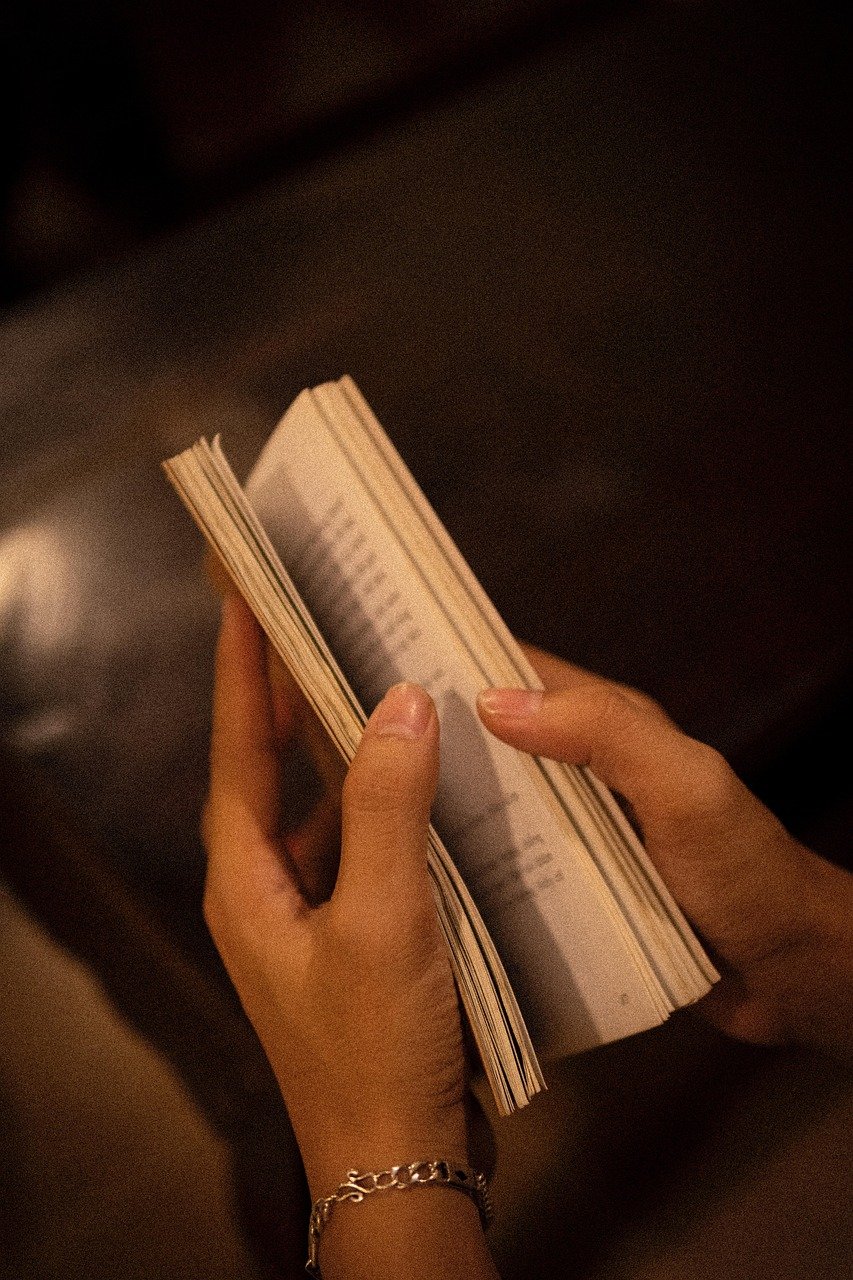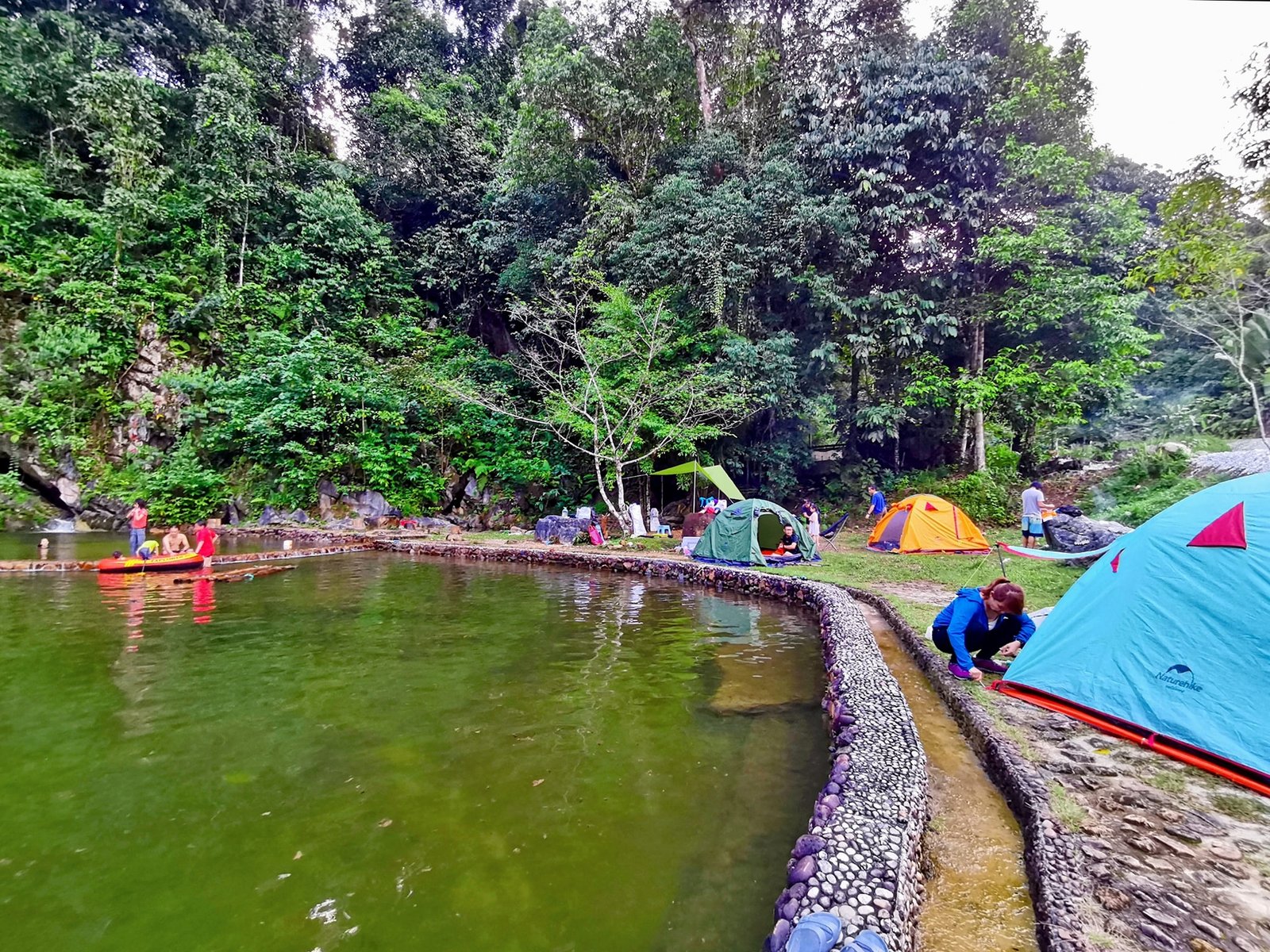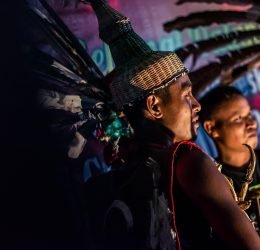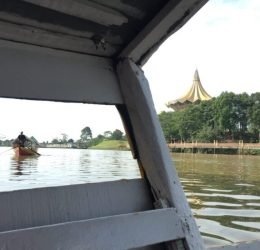When I first picked up the book Kuching Old Bazaar: Its History and Changes by James Yong, I wasn’t just looking for a piece of Sarawak’s past. I was searching for something more personal — a way to share with my special needs, self-learning daughter the richness of our local culture and the stories behind the streets we walk every day in Kuching.
In an era where children grow up immersed in fast-paced digital content, it’s easy for them to lose connection with the world around them — especially the very towns and cities they live in. I wanted something tangible. Something real. Something rooted in our soil. This book, beautifully bound and carefully researched, is now more than a local publication on a shelf. It’s a bridge — connecting generations, stories, and the essence of who we are as Kuchingites.
This article is not just a review of a book. It’s an invitation. A call to parents, educators, and heritage lovers to start showing our children the magic hidden in the lanes of Old Kuching. Because if we don’t pass these stories down, who will?
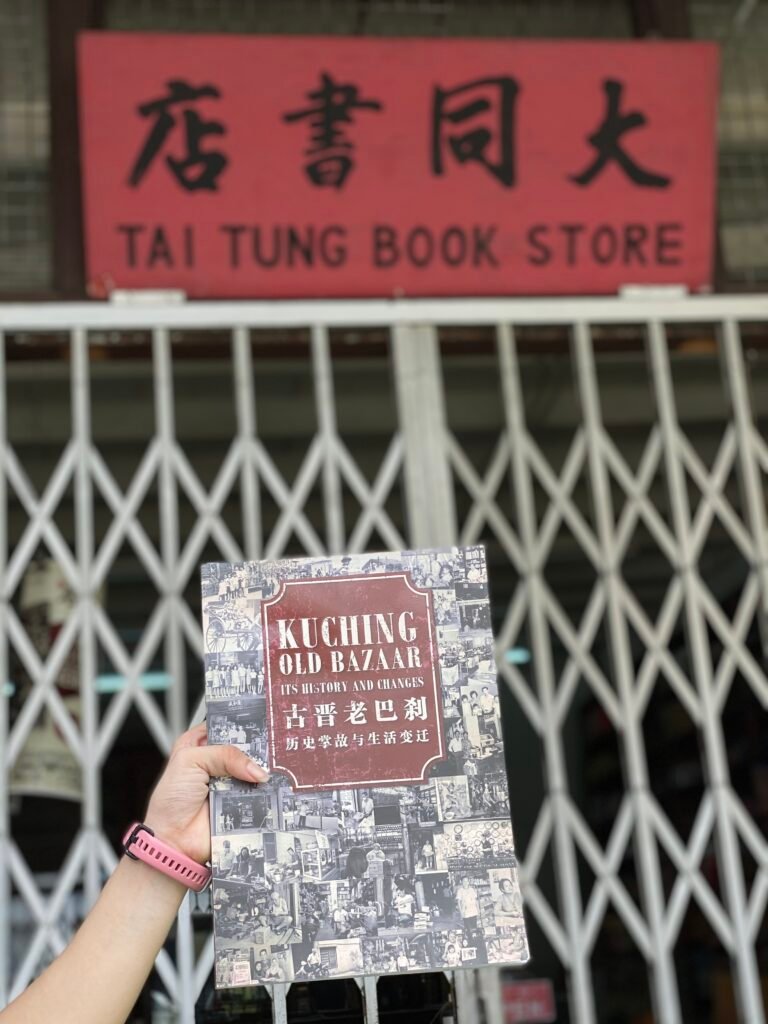
Kuching Old Bazaar: A Book that Tells a City’s Story
“Kuching Old Bazaar: Its History and Changes” is a masterpiece by James Yong, a Sarawakian journalist and storyteller who took it upon himself to preserve the narratives of Padungan and the surrounding Old Bazaar area. This bilingual book (English and Chinese) doesn’t just tell — it shows. Through rare photographs, recorded memories, and powerful reflections, Yong breathes life into the evolution of Padungan and the communities that grew with it.
From the early days when traders and immigrants built businesses along the Sarawak River, to the flourishing decades of post-war revival and family-run shops, to the challenges of modernisation — every chapter captures a facet of Kuching that still echoes in the hearts of its residents.
Padungan is more than a neighborhood. It’s a living museum of multicultural harmony, small-town resilience, and Sarawakian charm. And Yong’s book lovingly showcases this.
Why I Bought the Book: A Personal Story
As a parent, my reason for buying this book was deeply personal. My daughter is a beautiful, curious soul with special needs. She learns at her own pace and often through self-discovery. Books, maps, photos, and stories speak to her in a way screens never will.
I wanted her to know where she comes from — not just from a postal address, but from a legacy. I wanted her to understand the lives behind the Chinese medicine halls, the old goldsmith shops, the barbershops that have been in the same families for decades, and the kopitiams that serve more than coffee — they serve memories.
This book gives her (and now, us as a family) a window into what makes Kuching special. It shows that culture isn’t just about festivals and costumes. It’s about people, struggle, perseverance, and love.
Why It Matters for All Parents
Whether your child has special needs or not, introducing them to your local town’s history is one of the best gifts you can give. It roots them in identity. It teaches them respect. And most importantly, it gives them a sense of belonging in a rapidly changing world.
In our case, walking down Padungan after reading the book has become a new kind of family adventure. We spot the shops mentioned in the book. We talk to old shopkeepers. We eat at stalls whose founders are now featured in the book’s photo spreads. Suddenly, our daughter sees the world not as just something she exists in — but something she’s part of.
This kind of learning doesn’t require tests or exams. It simply requires exposure.
Padungan: The Chinatown of Kuching With a Heart
To understand why this book is important, you have to understand Padungan.
Often referred to as the “Chinatown of Kuching”, Padungan is more than just a commercial strip. It’s where families built lives from scratch. Where Hokkien, Cantonese, Teochew, and Hakka dialects mingled with Malay and Iban greetings. Where generations of traders handed down not just recipes and business tips, but philosophies of life.
Walking down Padungan today, you’ll still see remnants of its past — art deco buildings from the 1930s, traditional signboards, aged bicycles parked outside century-old shops, and uncles reading newspapers over kopi-O. But if you’re not paying attention, you might miss the fact that every doorway has a story.
This book captures those stories. And that is why it is so precious.
A Tool for Cultural Learning at Home
For parents homeschooling or supplementing their children’s learning (especially those with unique learning needs), this book can be a goldmine. Here are just a few ways I’ve used it with my daughter:
1. Visual Storytelling
The book’s layout is filled with photos — old and new. My daughter loves flipping through them, asking “Who is that man?” or “What is that building?”. It sparks natural conversation and curiosity.
2. Mapping Activities
We take out a city map and trace where Padungan is. Then we match places in the book to real spots. When we go out, we visit those places. It becomes a treasure hunt — with heritage as the prize.
3. Bilingual Reading Practice
As the book is written in both English and Chinese, we use it to practice both languages. It’s helped her connect with her roots in more than one way.
4. Art and Drawing Inspiration
After reading a chapter, she draws her own interpretation of the scene — be it a coffee shop, a street vendor, or a festive parade.
The Importance of Local History for the Future
We often hear the phrase: “No history, no future.” It sounds cliché, but in the context of our children — it is absolutely true.
Our kids are growing up in a globalised world. That’s not a bad thing — but it also means their sense of local identity is constantly at risk. If we want them to love and preserve the cultural gems of cities like Kuching, we have to show them why it matters now.
Because they will be the ones who carry the stories forward. If they don’t know what Padungan was, they won’t fight for its preservation. If they’ve never heard the tales of old shopkeepers or festival processions, they won’t see the value in them disappearing.
Every child exposed to books like Kuching Old Bazaar becomes a potential guardian of our cultural legacy.
A Boost to the Tourism Industry
There’s a powerful link between cultural awareness and tourism. Tourists don’t just come for food and shopping. They come for stories — stories told through architecture, traditions, family-owned businesses, and festivals.
When local youth are passionate about their history, they become natural storytellers. They become guides, writers, bloggers, photographers, curators, and ambassadors of the city.
Kuching has been declared a UNESCO Creative City of Gastronomy. That recognition isn’t just for laksa and kolo mee. It’s about the culture behind the cuisine. That culture lives in places like Padungan.
If we equip our children with knowledge and pride, we are also investing in the sustainability of Kuching’s tourism future.
Recommendations for Parents: How to Get Started
If this article inspires you, here are some simple ways to begin nurturing your child’s appreciation for local history:
 1. Buy Local Heritage Books
1. Buy Local Heritage Books
Support local authors. Start with Kuching Old Bazaar. Read it with your child. Make it a weekend activity.
 2. Do a Street Walk
2. Do a Street Walk
Plan a short trip to Padungan. Let your child lead. Spot buildings from the book. Visit the kopitiam that’s been there for 70 years.
 3. Make Art from History
3. Make Art from History
Ask your child to draw what they saw or read. Make a scrapbook or visual diary.
 4. Interview an Elder
4. Interview an Elder
Bring your child to talk to a grandparent or old shop owner. Record the stories. Let them be the interviewer.
 5. Start a Family Blog or Vlog
5. Start a Family Blog or Vlog
Use videos or blog posts to document your heritage adventures. Let your child be part of the creative process.
Closing Thoughts: A Legacy Begins at Home
When I see my daughter flipping through Kuching Old Bazaar today, there’s a calm focus in her eyes. She’s not just reading. She’s connecting.
To me, this book is more than a historical reference. It’s a key — unlocking a door that leads to deeper self-understanding, cultural appreciation, and maybe even a sense of purpose.
We often ask what kind of future we want for our children. But maybe the better question is — what kind of past do we want them to inherit? A forgotten one? Or one that’s alive, spoken, and cherished?
If you’re a parent in Kuching — or anywhere with rich local culture — don’t wait for schools or textbooks to tell these stories. Be the storyteller. Buy the book. Walk the walk. And pass on the legacy.
Because no history, no future.

